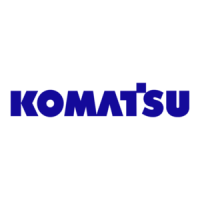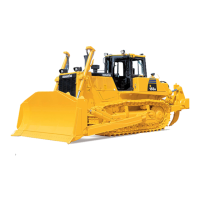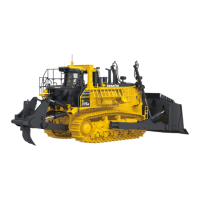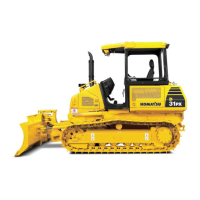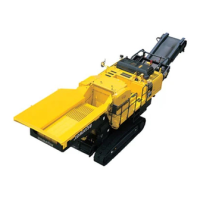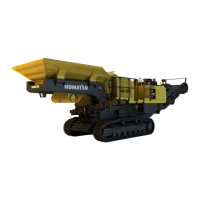FOREWORD SAFETY
WA320-6 00-5 b
Seat Belt Inspection
A thorough inspection of the entire seat belt system should occur
before starting the engine.
• Inspect the full length and both sides of the seat belt webbing for
wear, abrasion, dirt, oil, mildew, paint or other damage. Replace
immediately if worn or damaged.
• If the webbing is cut, fraying, snagging, kinking, or roping,
the seat belt must be replaced. Any of these conditions may
limit belt retraction.
• There may be internal and/or external tethers mounted on the
suspension mechanism. Inspect these for fatigue as well as the
integrity of the mounting hardware.
• Inspect the seat belt attachment and adjustment hardware for wear
or damage.
• Retractable and non-retractable buckle housings with damage
from abrasions, rubbing, forceful impacts and age, must be
replaced. These conditions may weaken the strength of the
buckle.
• Examine the seat belt buckle and retractor housing(s) for
proper function.
• Dirt, debris, lint, leaves, etc. may become encased inside of
the retractor housing. With time, this condition may cause a
seat belt malfunction.
• Check the mounting structure integrity. Verify that the mounting
bolts are secure. Tighten to specified torque, if necessary.
• Check your records or the seat belt “Date of Installation” label (if
equipped). Even if there are no signs of damage, the seat belt must be replaced either five years after the date of
manufacture, or every three years after the start of usage, whichever comes first.
• The manufactured date and “Install By” (if equipped) date may be found on the back of the buckle housing and/or on
the seat belt webbing.
• The location of the “Date of Installation” label (if equipped) may vary slightly, but most frequently it will be found on
the plastic molding of the seat belt.
If your machine is equipped with a shoulder harness also, inspect the webbing, the shoulder loop web guide and the height
adjuster for wear, damage and proper function capabilities
WARNING! Seat belts must be replaced immediately if there are any signs of wear or damage,
regardless how recently they were last replaced.
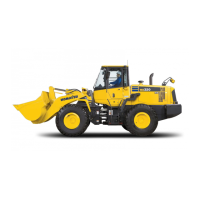
